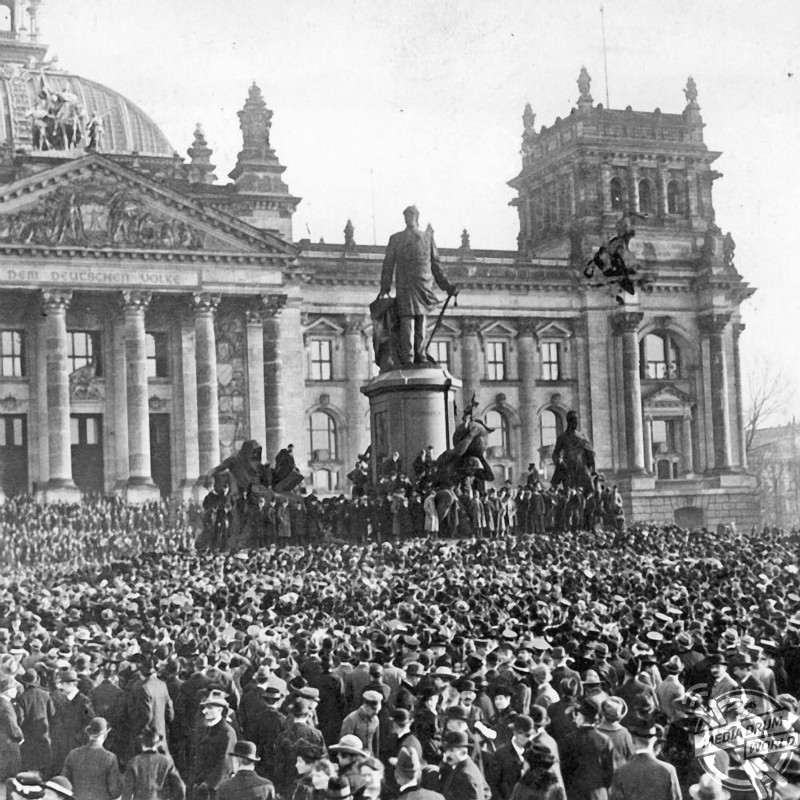
By Tom Dare
A SERIES OF INCREDIBLE photos showing various members of the European Royal Family spending time with each other in the lead up to the First World War have emerged as part of a new book chronicling the fall of the German royal family.
Images from the book ‘The End of the German Monarchy: The Decline and Fall of the Hohenzollerns’ by John Van Der Kiste show German leader Kaiser Wilhelm posing with Queen Victoria for a family portrait with other family members in 1894, while another shows him stood with King George V in Berlin just a year before the war began and their subjects would be mortal enemies.
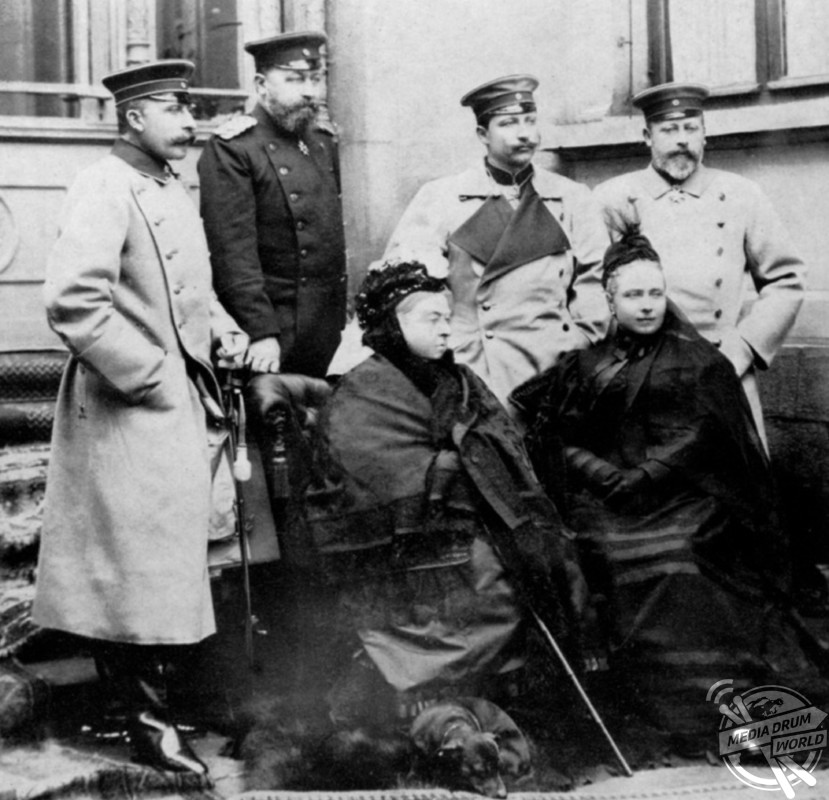
Further pictures see 23 members of the royal family from countries such as Norway, Spain and Russia posing for a family portrait at Windsor Castle in 1907, while the man whose assassination is often cited as starting the First World War, archduke Franz Ferdinand of Austria, is also featured.
Kaiser Wilhelm was the eldest grandson of Queen Victoria, whose family ruled over Europe throughout the 1800s and early 1900s. By the end of 1918, however, and with millions dead and Europe in ruins, the Hohenzollerns rule of Germany had officially come to an end. In his new book, which is released today, royalty historian John Van der Kiste provides a full analysis of the Kaiser’s family heritage, his role in the unification of Germany and his relationship with the other European heads of state. The book also tells of the events which led to the declaration of war in 1914 and the Kaiser’s abdication in 1918, before following both he and his family as they fled to the Netherlands.
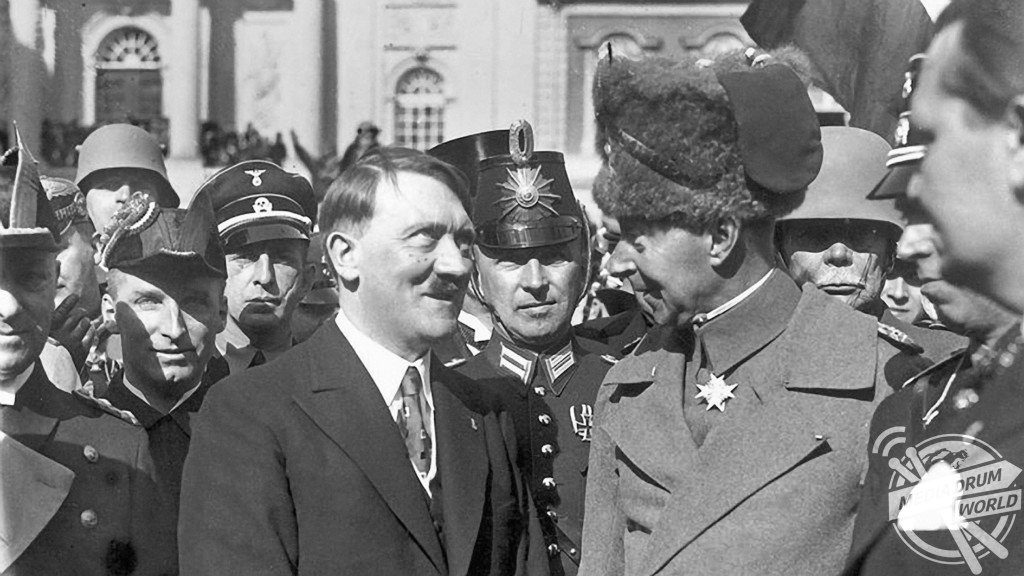
Hitler’s Third Reich is also mentioned as it rose to power in the 1930s, with the book covering the anti-Hitler plotters who intended to use a Hohenzollern Prince as a figurehead to provide legitimacy to a post-Hitler Germany.
“The date 18 January 1901 marked the bicentenary of the elevation of the Hohenzollerns to Kings of Prussia, and the Prussian sovereign William II, also German Emperor, intended to celebrate in style,” writes Van Der Kiste.
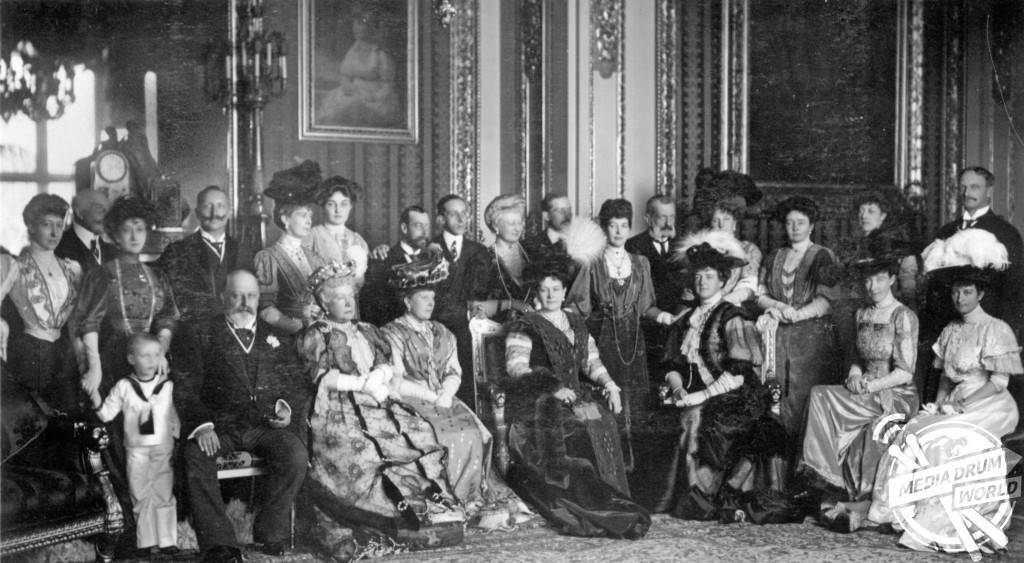
“Among guests at the festivities was the Emperor’s uncle, Arthur, Duke of Connaught, the younger surviving son of Queen Victoria of England. On 19 January, the Duke was warned that his mother, who had been in poor health for some time, was seriously ill and that he should return to England at once. Despite their differences in the past, the Emperor had always admired and respected Queen Victoria, whom he called his ‘unparalleled grandmama’.
“He told his court that, anniversary or no anniversary in Berlin, his place was at her side across the North Sea. All the remaining celebrations were cancelled, while he and the Duke accordingly travelled from Berlin to Osborne House on the Isle of Wight, where they were in time to take their place with the other sorrowing relations around her deathbed and be with her as she breathed her last three days later.
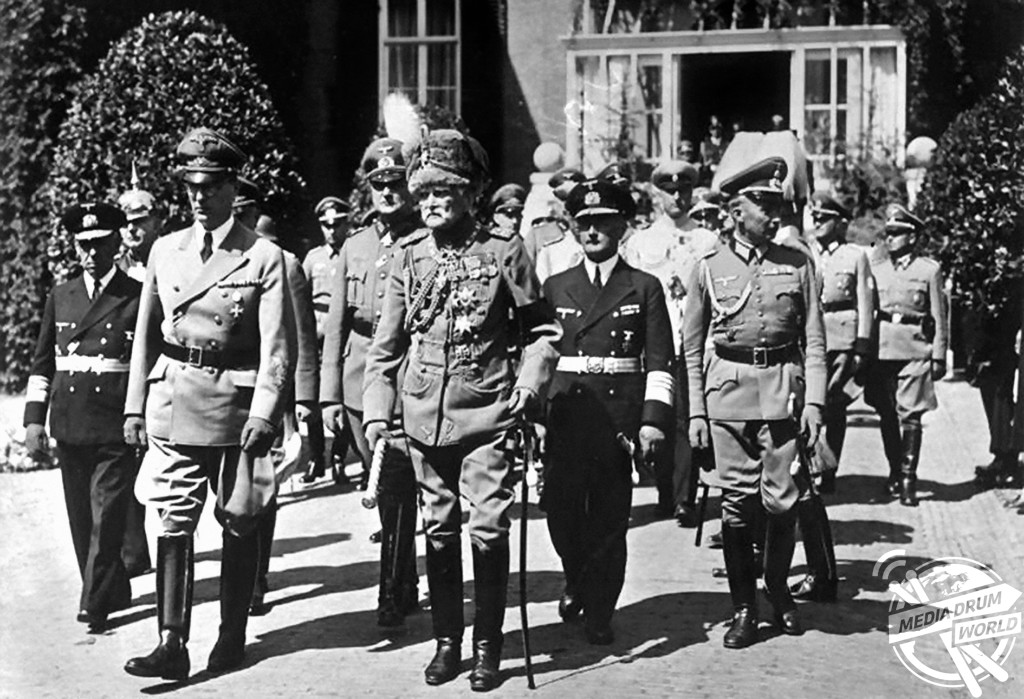
“The King of Prussia had welcomed the second Hohenzollern centenary, even if the celebrations had been abruptly curtailed, and in 1913, he would mark the twenty-fifth anniversary of his accession. Yet this would be his last milestone before he and his empire stumbled into war, and four years beyond that lay defeat, abdication, over twenty years of exile, and the end of the German monarchy.”
The End of the German Monarchy: The Decline and Fall of the Hohenzollerns’ by John Van Der Kiste is published by Fonthill Media, and can be published here: https://www.amazon.co.uk/End-German-Monarchy-Decline-Hohenzollerns/dp/1781556369/ref=sr_1_1?s=books&ie=UTF8&qid=1508342223&sr=1-1&keywords=the+end+of+the+german+monarchy






